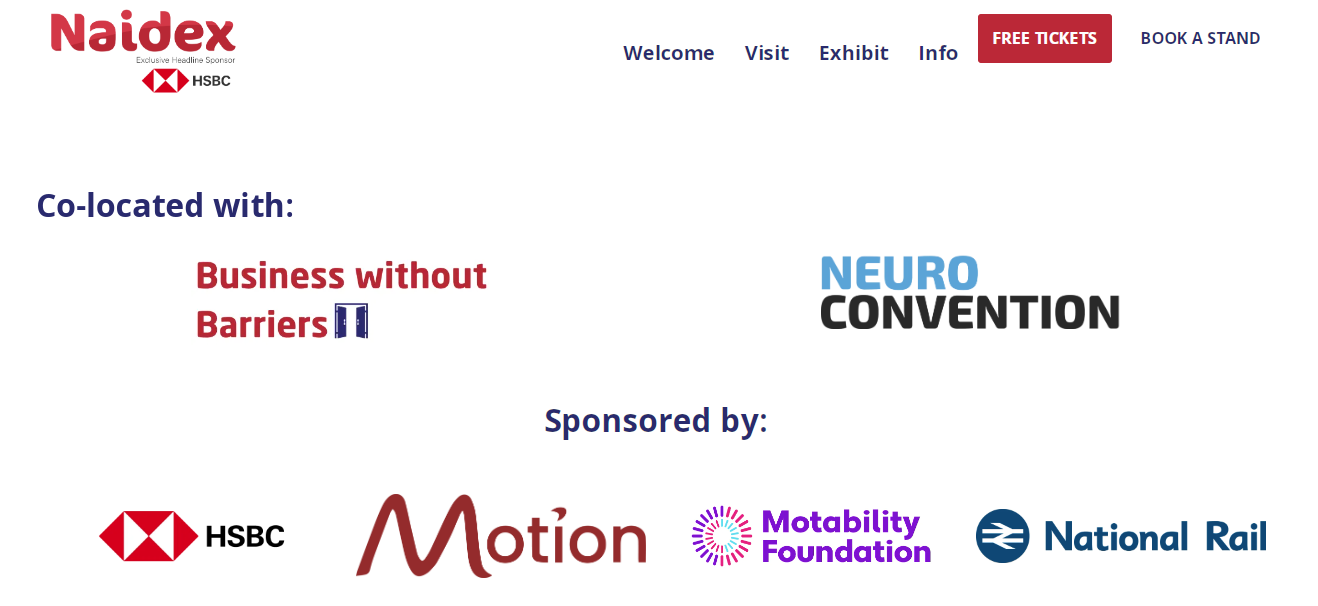Does the exhibitor’s success rely primarily upon the show’s success in delivering the right number and types of prospects that you want?
So, what can you do to maximise the success of your show?
Here is a guide for Exhibiting at trade shows and Maximise Your Business’s Impact and ROI.
Trade shows or Exhibitions are a powerful marketing tool that can significantly benefit your business. They provide a networking platform, showcase your products or services, and generate leads. However, success at a trade show requires detailed planning and execution.
This guide will explore why businesses should exhibit and activities and tasks you should undertake to maximise your return on investment (ROI) before and after the show.
Why Exhibit at Trade Shows?
Trade shows offer a wide range of benefits for businesses, including:
Brand Exposure: Exhibiting at a trade show enhances your brand visibility and makes you stand out among competitors.
Product Showcase: Exhibiting your products or services allows you to demonstrate their features and benefits to a captive audience.
Market Research: Engaging with attendees allows you to gather valuable feedback to improve your offerings.
Industry Insights: Trade shows allow you to stay updated on your industry’s latest trends, technologies, and developments.
Pre-Show Preparation
a. Set Clear Goals and Objectives: Define what you want to achieve at the trade show, such as generating a certain number of leads, increasing brand awareness, reconnecting with customers or launching a new product.
b. Choose the Right Trade Show: Research and select trade shows that align with your target audience and industry focus.
c. Design an Eye-Catching Booth: Create a visually appealing booth that reflects your brand and attracts attendees’ attention. Incorporate signage, lighting, and interactive elements to make it memorable.
d. Develop Engaging Marketing Materials: Create brochures, flyers, business cards, and other collateral that effectively communicate your brand and offerings. Keep these digital — Digital Business Cards such as One Card can distribute and manage your marketing materials, significantly reducing costs.
e. Pre-Show Promotion: Utilise social media, email, and your website to promote your participation in the trade show. Offer incentives to encourage attendees to visit your booth.
Digital Business Cards such as One Card can significantly cut your exhibition costs.
a. Engage with Attendees: Train your booth staff to be friendly, approachable, and knowledgeable about your products. Initiate conversations, ask open-ended questions, and listen actively to attendees’ needs.
b. Create Memorable Experiences: Offer interactive demonstrations, product samples, or exclusive promotions to create a lasting impression on visitors.
d. Network with Industry Professionals: Attend networking events, seminars, and social gatherings to build relationships with key industry influencers and potential partners.
a. Organise and Analyse Collected Data: Sort and categorise the leads and information collected during the show. Use customer relationship management (CRM) to manage and track interactions.
c. Evaluate Your Performance: Assess your performance against your goals and objectives. Analyse the ROI and gather your team’s feedback to identify improvement areas.
d. Capitalise on Social Media and PR Opportunities: Share highlights from the show, photos, and videos on your social media channels. Leverage PR opportunities to gain additional exposure through press releases or interviews.
Top Tips for Exhibitors:
Have a Plan with a timeline leading up to the show and deadlines that align with supplier deliveries.
Train your team and share the critical objective to be knowledgeable, friendly, and have fun.
Use demonstrations to engage attendees.
Focus on building relationships rather than sales.
Take advantage of networking opportunities to connect.
Follow up with leads promptly and personalise your communication.
Measure your performance to refine your strategy for future shows.
Stay organised and maintain a professional image throughout the event.
Pre-Show Tasks:
Set clear goals and objectives.
Research and select the right trade show.
Design an eye-catching booth.
Create compelling marketing materials and make them digital.
Promote your participation through various channels.
Post-Show Tasks:
Organise and analyse collected leads and information.
Follow up with leads promptly and personalise communication.
Evaluate your performance and gather feedback.
Utilise social media and PR opportunities.
Plan for future trade shows based on your experience.
By following these guidelines, your business can make the most of trade show opportunities, achieve a significant ROI, and stand out among competitors.
Successful trade show participation requires careful planning, execution, and continuous improvement.
Good Luck

